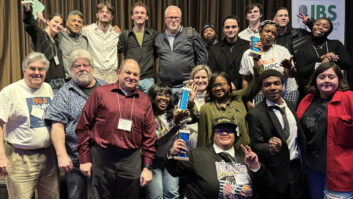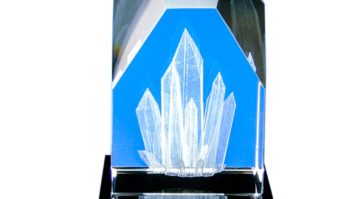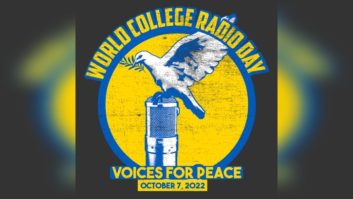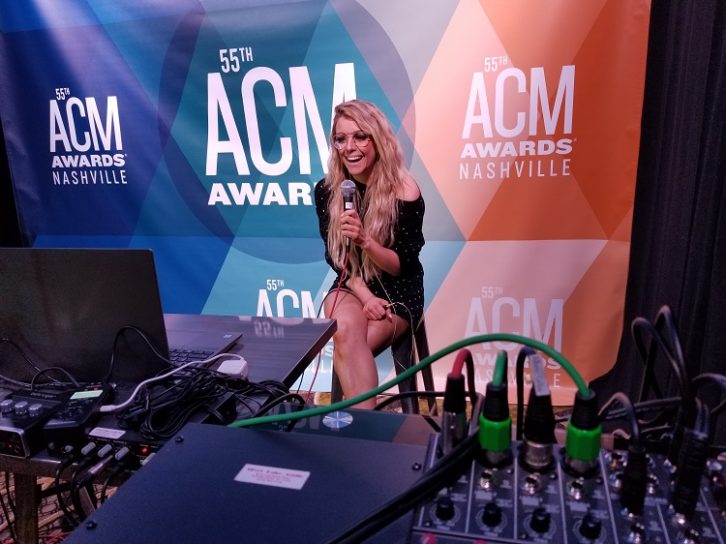
Steve Kirsch is president of Silver Lake Audio, which produces multi-station radio remotes including renting the equipment and providing tech support. This interview is from the 2021 Radio World ebook “Remote Radio Phase II: What We’ve Learned During a Pandemic.”
RW: How did the pandemic change workflow for you and your clients?
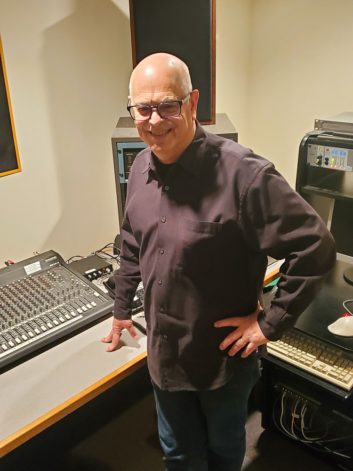
Steve Kirsch: A lot of my smaller clients called in March 2020 as they were beginning to figure out how to have their morning show do their thing from their house. “Look, I’d like to rent a Comrex. We’re going to feed the audio back to the studio, but they’re not going to be there.”
At the beginning they’d say, “Well, we need this for two weeks.” You remember? It seems crazy now to think about, but in the beginning we thought all this would be over. In March last year, you had [events] on the books for June that you knew were still going to happen. “By then, we’ll have this all sorted out.”
A year later I had some clients who still have the equipment. I said, “Look, just keep this stuff until the pandemic’s over.” We shut the meter off, they’re not renting it any longer. They’re just borrowing it at this point.
We were supposed to do a job in April 2020 for the Academy of Country Music Awards. They kicked that down the road from April to September, and they moved the venue from Las Vegas to Nashville; but they still wanted to do this radio multi-station broadcast.
Now in a typical year, we would build a booth for each radio station on the floor of the convention center or wherever they were basing the show. We would set up the equipment in every booth, and the DJs would just show up and sit in the booth. We’d have a small crew. We’d show the guys how to use the equipment that we put out there; and then the artists, Luke Bryan, Lady Antebellum, would move through from one booth to another.
So keeping that format in mind, [the ACM] decided that they were going to go ahead and do this virtually last fall. They decided that as opposed to having the talent from the radio stations fly in, they would set up video monitors in each booth. The artists would move through the booth, but they would look at a video screen, and they would see the DJ back in their home studio. So they came to us and said, “How are we going to do this?”
By September, everybody was familiar with doing Zoom calls and Microsoft meetings. Whatever platform the radio station was accustomed to, we adapted that booth for their format, for their platform.
We brought in computer monitors and put Focusrite Scarlet sound cards on those things, so you didn’t sound like those CNN interviews where the guy sounds like he’s in a garbage can, using the microphone that’s built into the computer. The Focusrite Scarlet is pro level in and USB out, and they interface with the computer.
Then we used our regular setup, Mackie 1202s and headphone amps, and interfaced everything into the Zoom call.
I would say half the stations still wanted Comrex or Tieline audio going back. The Zoom audio is pretty good. We never expected to use the Zoom audio, because most of the things that you’ve seen on TV have sounded so bad. We were surprised with these sound cards and how good the audio with the Zoom call actually was.
RW: Did it work out well?
Kirsch: It worked great.
We always provide Sony 7506 headphones as studio monitors for those events; the artist comes in and put the headphones on, they can listen to questions from the studio or whatever. [But] the academy didn’t want that look.
They knew that the DJs in the studio were going to see the artists. They didn’t want the artists wearing headphones; and they were worried that the women wouldn’t put them on because it would mess up their hair. These are some of the things that we had to deal with.
We debated going to IFB type earpieces like they use on TV. But then we just ended up looking for the least obtrusive earbuds that we could find, and they really loved those. I don’t know that we’re ever going back to the headphones because even though it’s radio, there’s so much of this stuff gets put on the social media platform now, with video streaming.
RW: What about hygienic considerations, where you’ve got talent going from booth to booth.
Kirsch: We threw out all of our windscreens. We were using WindTech, they’re like six bucks a windscreen instead of 50 cents that you could get at B&H Photo if you buy 20 of them. We took all our WindTech windscreens off and bought new windscreens with the idea of throwing them out.
We also bought those earbuds, and used alcohol wipes and put new tips on for the next event.
We washed down the mics, we put new windscreens on; and we have a Seal-a-Meal heat sealer for bags. We heat sealed these mics, these windscreens and these earbuds in a bag; and we put a label on the outside. We knew the artist lineup so we’d write the artist’s name on the outside of the bag; and when they checked in to do the interviews, we handed them this bag.
Also my guys, in addition to being tested every day, they had to wear a plastic shield as well as a mask to sit in the booth and do the engineering.







